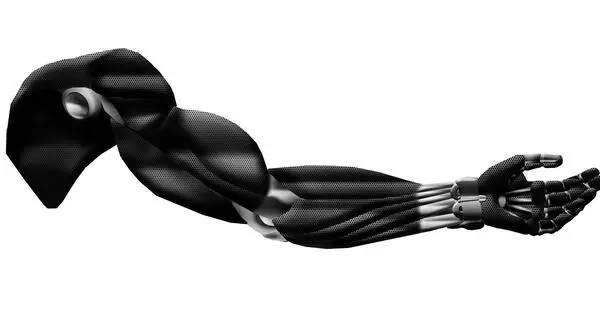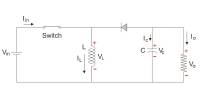Artificial muscles, also known as muscle-like actuators, are materials or devices that mimic genuine muscles that can change stiffness, contract, expand, or rotate within one component in response to an external stimulus (such as voltage, current, pressure, or temperature). These materials can contract, expand, or change shape in response to external stimuli such as electrical voltage, heat, or chemical reactions. These muscles have a wide range of possible uses in robotics, prosthetics, medical devices, and other fields.
Contraction, expansion, and rotation are the three basic actuation responses that can be coupled within a single component to produce different sorts of motions (for example, bending by contracting one side of the material while expanding the other). Because there is more than one component engaged in the actuation, conventional motors, and pneumatic linear or rotational actuators do not qualify as artificial muscles.
Artificial muscles have the potential to be a highly disruptive emerging technology because of their high flexibility, versatility, and power-to-weight ratio when compared to standard rigid actuators. Though it is currently in limited use, the technology has potential applications in manufacturing, health, robotics, and many other disciplines in the future.
Characteristics
- Electroactive Polymers (EAPs): EAPs are materials that change shape or size when an electric field is applied to them.
- Shape Memory Alloys (SMAs): SMAs are materials that can “remember” and return to a specific shape when heated or subjected to an external stimulus. Nickel-titanium alloys (Nitinol) are common SMAs that are utilized in a variety of applications, including medical devices and actuators.
- Pneumatic Actuators: The mechanical motion of these artificial muscles is driven by compressed air or gas. Pneumatic actuators may expand or contract in response to gas pressure, making them ideal for soft robotics and prosthetic devices.
- Hydraulic Actuators: Hydraulic actuators, like pneumatic actuators, employ pressurized fluids (usually oil or water) to generate mechanical motion. They’re frequently seen in heavy machinery and industrial settings.
Applications
- Soft robotics: These are integral to the development of soft robots that can mimic the flexibility and adaptability of biological organisms. These robots can be used in various fields, including search and rescue, healthcare, and exploration.
- Prosthetics and exoskeletons: These can be used in prosthetic limbs and exoskeletons to provide more natural and responsive movement for individuals with limb loss or mobility impairments.
- Medical devices: These muscles have applications in devices such as artificial hearts and pumps, where precise and controlled motion is essential.
- Aerospace and automotive: These can be used in aerospace systems, such as adaptive wing structures and space applications, as well as in automotive systems for improved energy efficiency and safety.
- Textiles and wearable technology: EAPs can be integrated into fabrics and wearables for applications like smart clothing and haptic feedback systems.
















